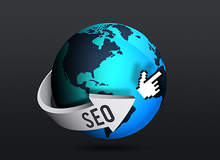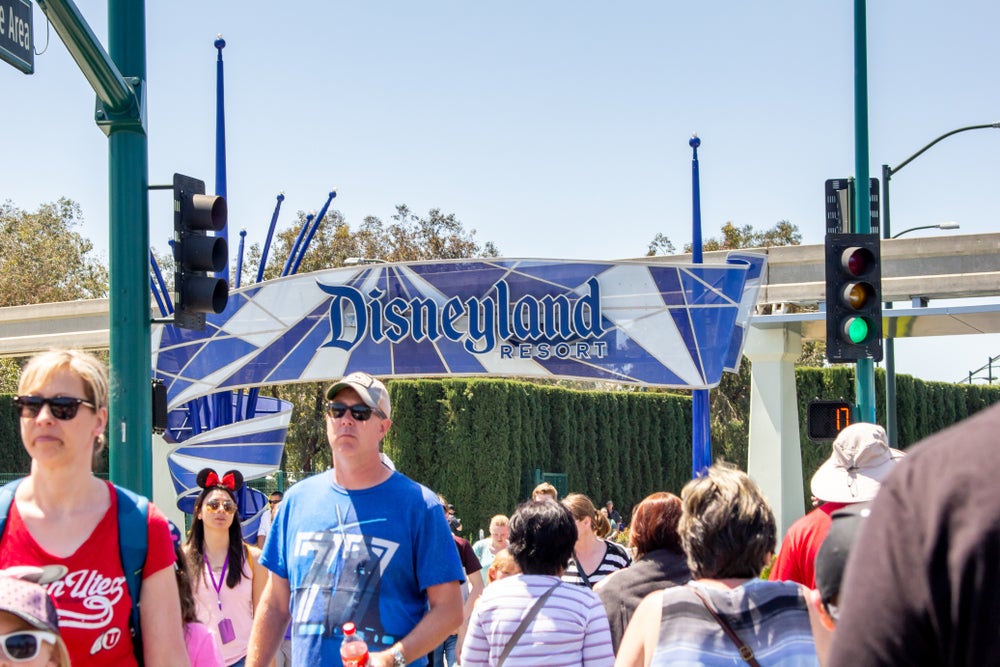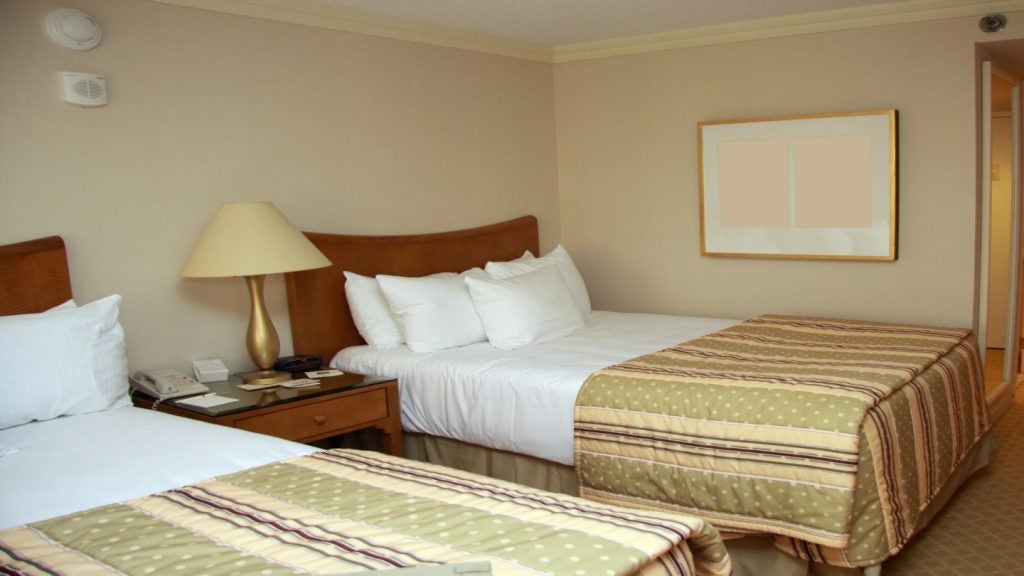
Despite its indisputable advantages, the internet harbours unique problems for hotel companies. The web’s huge interconnected network of links, web affiliates and peer-to-peer reviews, along with complex search engine optimisation (SEO) techniques, has made monitoring marketing and controlling the use of brands a truly Herculean task.
The sheer scale of online activities has opened up opportunities for third parties to leverage the consumer recognition of famous hotel brands to divert large chunks of web traffic away from official websites and towards their own. Dubbed ‘brandjacking’ by global brand consultancy MarkMonitor, these practices are the subject of the company’s recently released report.
Chris Lo spoke to MarkMonitor’s vice-president and general manager (EMEA) Charlie Abrahams about how these sly techniques are affecting the hospitality industry, and what brands can do to protect themselves in the Wild West of the web.
Chris Lo: What was the original impetus behind this report?
Charlie Abrahams: We thought travel was a really interesting one because so much of the travel sector is now online. Approximately 40% of hotel bookings are now done online; I think probably only banking has a higher take-up in terms of online transactions and activity. We also have a couple of clients in the travel sector, so we’ve had an opportunity to see the challenges.
Could you explain the concept of brandjacking?
Brandjacking is a term we’ve coined to cover the ways, sometimes not always illegal, in which brands are hijacked online. At one end of the scale it could be straight fraud, like a phishing scam where someone sends you an email pretending to be Barclays Bank. Then you have the sale of counterfeit goods – we see a lot of that. But you also have what I call theft of traffic.
See Also:
We did a study on the luxury sector, and we found that tens of millions of site visits that potentially could be going to, for example, Gucci are going to websites selling fake goods or something completely different. Well-known brands are a great way to draw traffic on the internet, because consumers are searching for them.
How well do you really know your competitors?
Access the most comprehensive Company Profiles on the market, powered by GlobalData. Save hours of research. Gain competitive edge.

Thank you!
Your download email will arrive shortly
Not ready to buy yet? Download a free sample
We are confident about the unique quality of our Company Profiles. However, we want you to make the most beneficial decision for your business, so we offer a free sample that you can download by submitting the below form
By GlobalDataHow do these practices affect hotel brands specifically?
It’s slightly different in the hospitality industry; it’s more of what I call sharp practice than pure fraud. The hotel and travel sector is split in the sense that there are the brand-owners, then there are online travel agents, as well as various other intermediaries and affiliates. What we found with our own clients was they didn’t always have their affiliate agreements as tightly worded as they maybe should be.
We found in the survey that if you were looking for a given hotel brand in a city, you might type ‘Sofitel hotel London’, and when the search results come up, there will be some for Sofitel’s home site, but there will also be a lot of travel agents offering their products, along with competitors who have bought search terms such as ‘Sofitel’ and ‘hotels in London’.
What sometimes happens is the brand owner is needlessly paying commission; if the customer goes to the travel agent or affiliate who then sells a Sofitel stay, the brand will pay a percentage commission. That’s fine: that’s why they’ve got an affiliate network; but we found that if they’d written their affiliate agreements better, they might be able to stop that affiliate from being allowed to buy their search terms. In that case, you’re really paying twice, because the customer has already decided they want to go to your hotel, and yet the search takes them to a third party who then redirects them to your brand.
So, the main ‘brandjackers’ would be affiliates and other third parties?
We also found people who ‘play the domain industry’, buying up internet real estate. We found 57 million hits going to pay-per-click sites. These sites are just intermediaries with a whole load of adverts on them. They charge the advertiser a penny or two every time someone clicks through them. That’s what we call ‘cybersquatting’ – people who are illegally using the brand-owner’s name.
If we take the Sofitel example, there would be some domain names that include Sofitel in the title, owned by someone who is cybersquatting on the brand name and getting pay-per-click advertising revenues for transactions coming through that site.
If I go to those sites, I typically just go back to my search terms, but if they were well directed and context-sensitive, I might think, ‘Oh, that’s interesting. I was thinking of going to the Sofitel, but I might go to the Hilton instead’. Sometimes they’ll actually have the brand owner on it, so they will then sell the traffic back to the owner. The person placing the advert with that particular site is so far removed from the brand owner that they don’t realise they’re buying their own traffic back.
What are the financial effects of these tactics on the affected hotel companies?
One of the statistics from the report was that 580 million annual visits were being siphoned away from the original brand owners. One of the good things about the travel industry is you can work out the monetisation of that pretty easily.
What the hotel brand owners are very good at is knowing what their conversion rates are, so they know that for every 1,000 visits, they’ll sell ten stays. They also know what the average sell is. One brand owner that we were doing business with found that they were losing millions because there were tens of thousands of clicks not coming to them, and they would imagine they would convert a particular percentage of that traffic, making them, say, £800 per time. It’s not difficult for a hotel to work out the worth of another 10,000 visits to their home site per year.
It seems that much of this activity isn’t actually illegal – do you think new legislation could change that?
A lot of it is illegal. Cybersquatting is illegal. For someone to make money from a brand’s trademark terms by registering a domain that includes them is clearly illegal. The challenge is that the internet is so huge and the volume of these offences is so massive that nobody is going to enforce that other than the brand owner. There is no governing body that will police it, but they will allow the brands to enforce it.
What can brands do to protect themselves?
If a hotel brand identified a cybersquatting site, they’d firstly write to the registrant informing them of the trademark infringement. In 50% of cases, the registrant would immediately take down the site.
If they’re a serious infringer with a whole business built around this, they’ll be a bit tougher about it. But if the brand then uses the law and starts an intellectual property legal case, they would have a very high probability of winning. Then they could get a domain name and put it into their portfolio to get the clicks associated with it. The law is on the side of the brand owner, but the problem is that it gets lost in the massive volume of what happens on the internet.
Our mantra is ‘prevent, detect, respond’. We get our brand-owners to look at their portfolio and be aware of names that they have in the portfolio, because a dot.com name only costs $20 a year. If sofitel-london-online.com was getting a certain amount of traffic, they should have gone out and thought about having that as part of their domain name portfolio.
So the first thing we advise is to get the domain portfolio worked out; and some of them have and some of them haven’t. You can’t buy everything under the sun, otherwise it becomes too expensive, but variations of your brand name with words like ‘online’ and ‘booking’ added are probably worth having.
The second thing is the prevention side, which is to get your affiliate agreements well worked out. Obviously you want a substantial affiliate network, but you’ve got to decide what you do and don’t want them to do for you. A couple of our brand owners have gone back and reworded their affiliate agreements so that they can’t compete on things like paid search terms. Then you have to find the serious infringers.
For a well known brand name there will be thousands of infringements. The thing to do is find out which ones are getting traffic, then prioritise and reclaim the domain names that will bring a good deal of traffic back.







